The UAE’s water resources are severely strained due to its strong reliance on groundwater supplies and summer temperatures that can reach as high as 50 degrees Celsius.
New Delhi: Tuesday’s intense rainstorm caused significant flooding across the desert nation of Dubai, which is renowned for its dry climate and scorching heat. The unexpected deluge not only stopped the busy city’s normal pace, but it also raised concerns about the growing impact of climate change on local extreme weather events.
Less than 200 millimeters of rain fall on average per year in the United Arab Emirates (UAE). The UAE’s water resources are severely strained due to its strong reliance on groundwater supplies and summer temperatures that can reach as high as 50 degrees Celsius.
The United Arab Emirates (UAE) has been at the forefront of developing novel approaches to address this urgent problem. One such approach is cloud seeding, a type of weather modification that increases precipitation by creating artificial rain.
Understanding Cloud Seeding
The process of “seeding agents” into clouds in order to encourage condensation and precipitation is known as cloud seeding. Weather forecasters at the NCM start the procedure by keeping an eye on atmospheric conditions and using precipitation patterns to identify clouds that would be good candidates for seeding.
Cloud seeding was first tested in the UAE in 1982. Collaborative scientific and technical research with the National Center for Atmospheric Research (NCAR) in Colorado, USA, Witwatersrand University in South Africa, and NASA had strengthened the Gulf nation’s artificial rain program by the early 2000s.
The National Centre of Meteorology (NCM) of the United Arab Emirates (UAE) is in charge of the Rain Enhancement Program (UAEREP).
The program’s experts examined the physical and chemical properties of the UAE’s atmosphere, specifically aerosols and pollutants, and how they affected the development of clouds. Finding a potent chemical to promote cloud formation and eventually increase rainfall was the goal.
Following the identification of favorable clouds, specialized aircraft fitted with hygroscopic flares take to the air.
Environmental concerns
Cloud seeding has been shown to have potential advantages, although questions have been raised concerning its effects on the environment and the safety of the seeding substances utilized. As a result, the NCM has taken steps to guarantee the longevity and safety of its activities.
The UAE’s cloud seeding program doesn’t use any hazardous chemicals, in contrast to several other nations’ that make use of silver iodide, a substance that resembles crystals and has sparked environmental worries. Rather, it uses organic salts as seeding agents.
You can only listen to the newest music on JioSaavn.com.
The NCM created its own seeding agent, called nano material, which is made of fine salt that has been titanium oxide-coated. Trials and experiments are being conducted on this substance to determine how well it enhances precipitation.


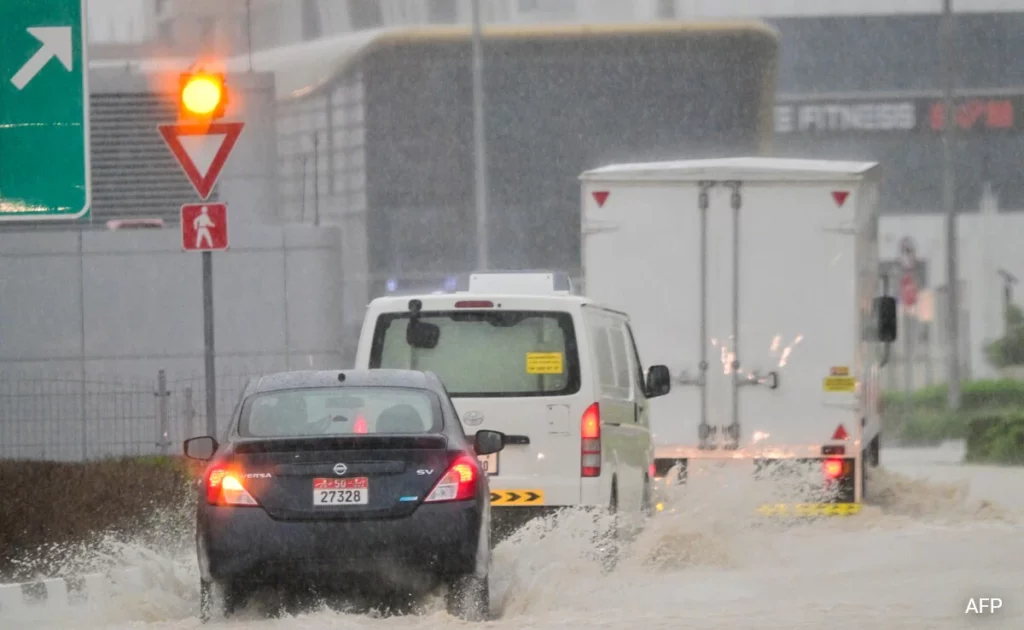


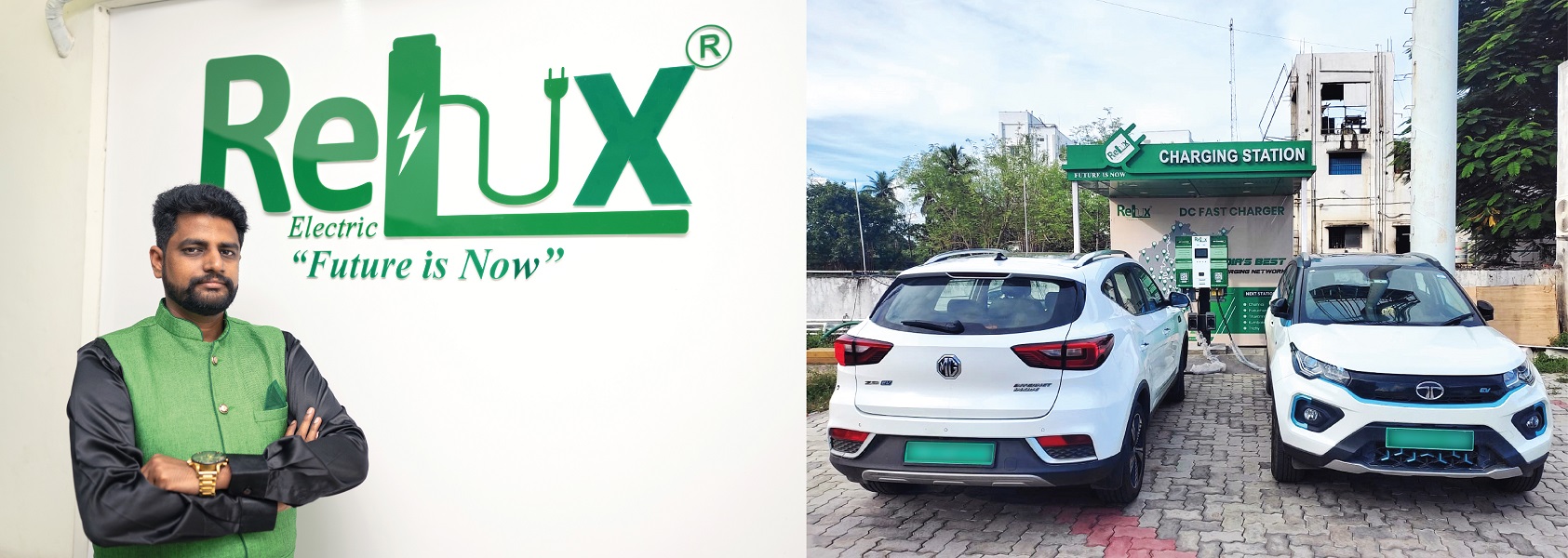

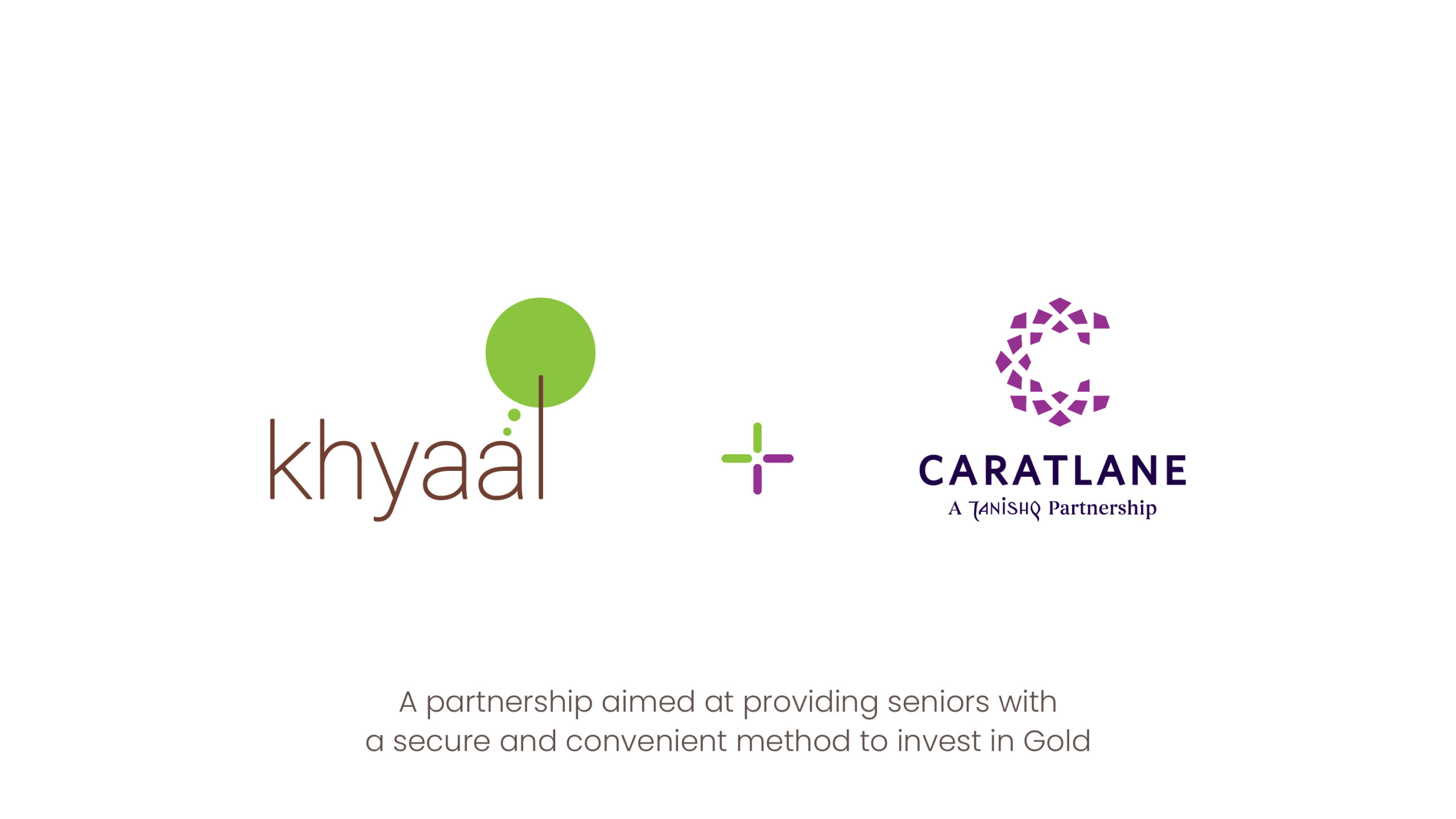

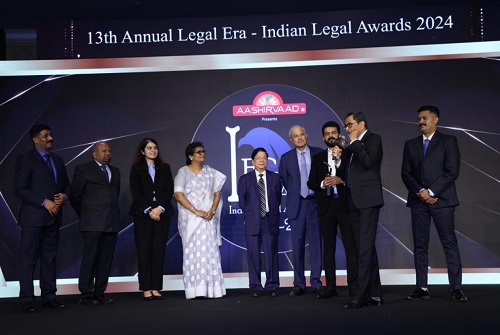
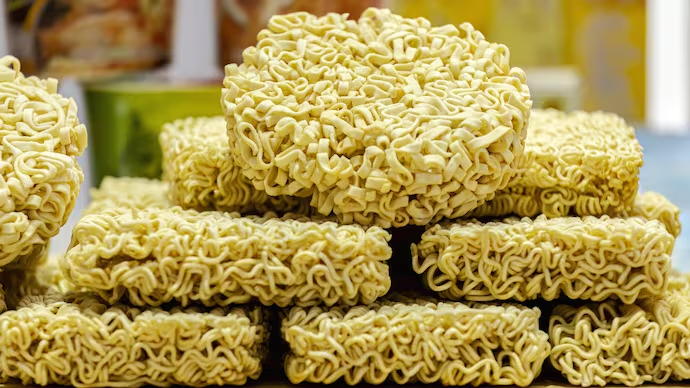




Reader Interactions